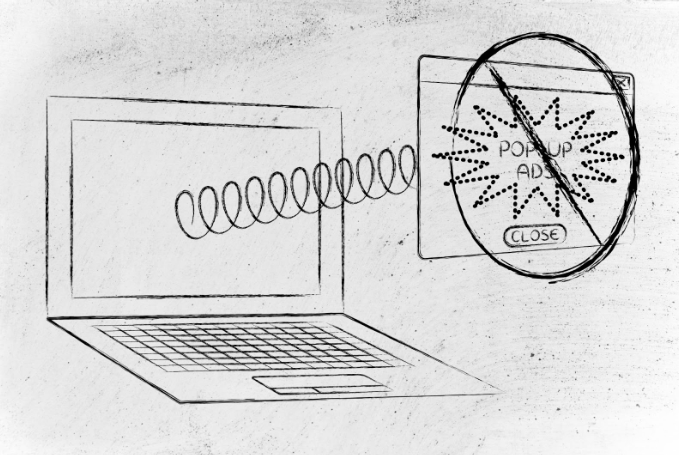Combatting Ad Injections: A Guide for eCommerce Merchants
Did you know that your business may be losing valuable clientele because of ad injections?
Most online businesses never realize that a significant number of their clients go through unnecessary distractions from unsolicited pop-ups and ads. Around 1,00,000 Chrome users reported that they face network errors, poor user experience, and other issues due to ad injections.
These ad injections redirect users to competitor sites, display inappropriate content, and maliciously tag conversions to collect affiliate commissions. But What exactly are Ad Injections? Read more to find out.
What Are Ad Injections?
Ad injections are forms of software injected into your customer’s browser without their consent for malicious reasons. These ad injections are inserted when a user installs a browser extension or apps or connects to an unsecured public network.
The procedure relies on adware, wherein ad injections secretly mask as authentic software or attach themselves to other software. They do this to deceive visitors into installing them on their desktops, mobile or other devices.
Once the ad injections take control over the user’s browser, they generate income for those who hijack traffic by displaying ads and showcasing ads from other websites. In the realm of eCommerce, price comparison ads are employed to divert customers from completing a purchase, while competitor ads are exhibited with the intention of luring customers away.
How Do Ad Injections Work?
When ad injections are installed, unauthorized ads start popping up on all pages of your website. Unfortunately, most customers are lured away and redirected to competitor sites. This practice is also known as Customer Journey Hijacking.
When a browsing session is interrupted because of redirection, an utterly different user experience emerges. The website is flooded with unwanted pop-up ads, banners, and in-text redirections.
These ads imitate the appearance of a website, fooling customers into clicking on them and leading them to competitor websites.
They not only disrupt customers from finishing their purchases but also create a neglected perception of your online business, greatly harming your brand’s reputation.
This issue is becoming more prevalent, and the tricky part is that eCommerce merchants are unable to detect it because the ad injections operate solely on the customer’s browser or device.
In simpler terms, these ads evade the website’s server-side monitoring, leaving eCommerce websites unaware that they are being targeted.
Damage Caused by Ad Injections
Ad injections pose a persistent challenge for eCommerce businesses. According to a study conducted by Google, millions of users who accessed Google websites experienced some type of injected ads.
The study also revealed that many global retailers, like Walmart, Target, and Amazon, were victimized by these ad injections, resulting in stolen revenue.
Our estimates indicate that approximately 20-25% of eCommerce website users are affected by unwanted browser extensions and ad injections. These infiltrations disrupt the online customer journey and have a detrimental effect on conversion rates, online revenue, and brand reputation.
During peak shopping periods like Black Friday, Cyber Monday, and the winter holiday season, this number rises significantly by 30-35%. Here are some major impacts caused by ad injections:
- Conversion rates: unwanted ads redirect customers to other online retail websites, leading to abandoned shopping carts and substantial losses in revenue.
- Brand reputation: unauthorized ads create a frustrating experience for your customer, damaging the reputation of your brand.
- Website Performance: Ad injections negatively impact your website’s performance, with slow-loading pages being major reasons for visitors abandoning the site before completing a purchase.
- Affiliate Fraud: Ad injections also involve the injection of affiliate cookies or links. Allowing traffic hijackers to claim unjust commissions on sales they did not contribute to in any way.
How Can Brands Combat Ad Injections Fraud?
Every day numerous ad injections are identified, requiring significant time and effort to eliminate them manually, yet yielding unsatisfactory results.
The vast quantity of both existing and continuously emerging ad injections on new applications and browser extensions creates a nearly insurmountable challenge for timely detection and removal.
Yet, Virus Positive Technologies (VPT) is one such organization helping out many global brands with such tools for ad injection detection. At VPT, we ensure brand compliance monitoring solutions and ad fraud detection. We can help your brand automate the monitoring and tracking of all of your marketing promotions and brand protection.
So, what are you waiting for? Have a talk with one of our professionals today, and get a report of frauds already happening in your network.




.png)


